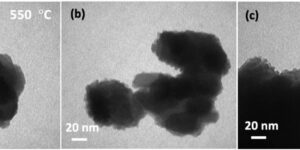Fish sludge as a co-substrate in the anaerobic digestion of municipal sewage sludge- maximizing the utilization of available organic resources
The thriving of on-land based aquaculture at Norway’s western region is to provide higher amounts of discharges to handle sustainably.


